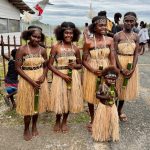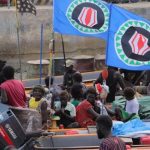Malcolm Caldwell was a British Marxist intellectual and academic who became one of the few Western voices openly sympathetic to revolutionary regimes during the Cold War. Born in 1931, he spent much of his career critiquing Western imperialism and advocating radical social change. Caldwell was a lecturer at London’s School of Oriental and African Studies (SOAS), and his political commitments took him far beyond the lecture halls and into the heart of some of the most volatile political landscapes of the 20th century.
In December 1978, Caldwell travelled to Democratic Kampuchea (present-day Cambodia) at the invitation of the Khmer Rouge government. His mission was to witness the revolution firsthand and produce sympathetic accounts that could counter Western media reports describing the regime as brutal and genocidal. He was part of a small delegation of foreign intellectuals eager to engage directly with the leadership of the Khmer Rouge.
Just hours after a private meeting with Pol Pot, the enigmatic and ruthless Khmer Rouge leader, Caldwell was found murdered in his guesthouse in Phnom Penh. The circumstances surrounding his death remain mysterious and controversial, sparking numerous theories and speculation that endure to this day.
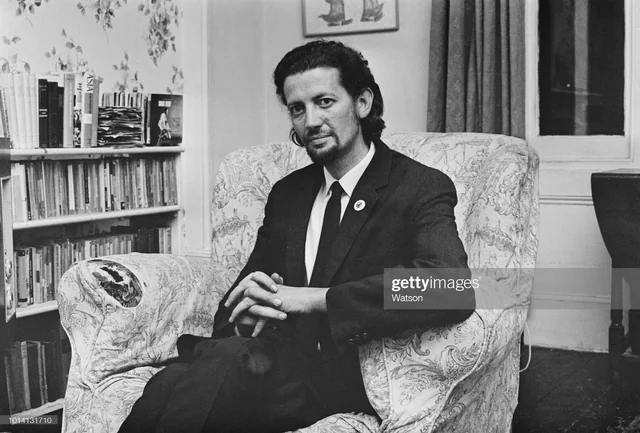
The Road to Democratic Kampuchea
Caldwell’s political journey was marked by a fierce commitment to Marxism and anti-imperialism. Throughout the 1960s and 70s, he wrote extensively against Western interventions, particularly condemning US policies in Southeast Asia. He admired revolutionary movements that claimed to offer an alternative to capitalist exploitation and viewed the Khmer Rouge’s overthrow of the Lon Nol government as a positive development in the region.
His writings, lectures, and activism placed him somewhat at odds with mainstream Western academia, but he was admired among leftist circles for his steadfast dedication to revolutionary causes. The invitation to visit Democratic Kampuchea was an opportunity for him to engage directly with the regime he supported and to gather material for his work.
Meeting Pol Pot and the Regime’s Dark Reality
The delegation, which included other Western sympathizers, met Pol Pot at his headquarters. According to accounts, the meeting lasted about an hour, during which Pol Pot presented his vision for transforming Cambodia into a self-reliant, agrarian society through radical social engineering.
Caldwell, known for his idealism, publicly downplayed reports of widespread atrocities committed by the regime. He maintained that much of the negative Western coverage was propaganda designed to undermine the Khmer Rouge’s revolutionary project. However, reports from refugees and defectors told a different story: mass executions, forced labor, starvation, and the decimation of intellectual and minority groups.
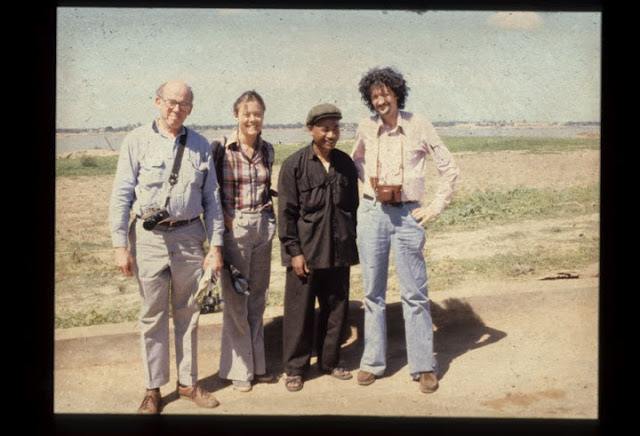
The Night of the Murder
On the night of December 22, 1978, shortly after the meeting with Pol Pot, Caldwell was found shot dead in his guesthouse. A Cambodian guard who had been assigned to protect him was also killed. The Khmer Rouge authorities quickly blamed the killing on “enemies of the revolution” or rogue elements within their ranks.
Various theories about the murder have circulated over the years. Some suggest internal power struggles within the Khmer Rouge led to Caldwell’s assassination. Others propose that foreign intelligence agencies or anti-Khmer Rouge dissidents orchestrated the killing to discredit the regime. Another possibility is that Caldwell’s increasing prominence and access to sensitive information made him a liability to certain factions.
Whatever the truth, the murder remains unsolved, adding an eerie chapter to the already tragic history of Democratic Kampuchea.
The Impact and Legacy
Caldwell’s death was a shock to many on the left who had supported or sympathized with the Khmer Rouge. It underscored the brutal realities of the regime and the dangers of uncritical endorsement. Despite his murder, Caldwell’s writings continued to influence radical scholarship and leftist movements, albeit with a more nuanced understanding of the complexities and horrors of the Khmer Rouge.
The story of Malcolm Caldwell is a cautionary tale about the limits of ideological commitment and the perils of engaging with authoritarian regimes. It also reflects the broader tensions of the Cold War era, where truth was often obscured by competing political narratives.
Understanding Democratic Kampuchea’s Tragedy
To fully grasp the context of Caldwell’s visit and death, it is important to understand the scale of the Cambodian tragedy. The Khmer Rouge’s rule from 1975 to 1979 resulted in the deaths of an estimated 1.7 to 2 million people, nearly a quarter of the population, through executions, forced labor, starvation, and disease.
The regime’s radical social policies aimed at dismantling traditional Cambodian society and replacing it with a communist agrarian utopia had devastating consequences. Intellectuals, religious figures, ethnic minorities, and anyone perceived as an enemy of the revolution were systematically targeted.
Despite international awareness, few foreigners visited Democratic Kampuchea during this period, making Caldwell’s trip unusual and his death all the more striking.
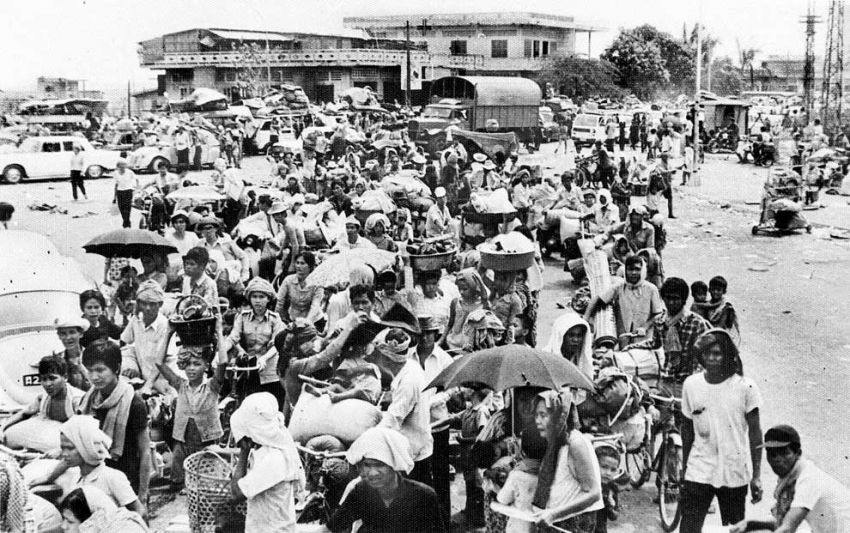
Further Reading and Context
For those interested in learning more about the Khmer Rouge regime and its impact, the documentation from the Khmer Rouge Trials offers a detailed record of the atrocities committed Extraordinary Chambers in the Courts of Cambodia.
Additionally, examining other Western intellectuals who engaged with controversial regimes during the Cold War helps contextualize Caldwell’s motivations and the era’s ideological battles. Books such as When the War Was Over by Elizabeth Becker provide comprehensive histories of Cambodia during this dark period.
For a trip to Cambodia that should go slightly better than Mr Caldwells check out our Cambodia Tours.



